Sigiriya in Sri Lanka
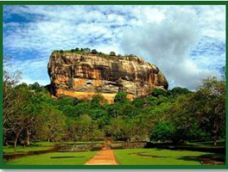 |
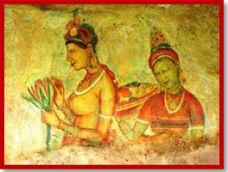 |
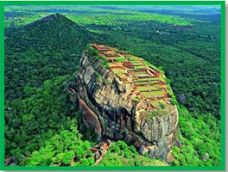 |
Sigiriya Sightseeing Tour
Sigiriya in Sri Lanka - Refer story of Kasyapa. His father Dhatuusena, son Mugalan daughter, his sister, Migara son in Law,the commander etc. The story found in the chronicle called Mahavansa is the same that legends and folk lore describe. There is a sad story behind this Sigiriya.
After killing his father Kasyapa was not pardoned by Sanga ( order of monks) and the people in A’pura. Kasyapa had to leave A’pura and established the kingdom in Sigriya. He wanted to be a God Kuvera who is a Hindu god for wealth, and live like a god king. He ruled here for 18 years and Mugalan his brother came to Sigiriya with an army. Hearing this, Kasyapa went to fight his brother but when his armies left him alone thinking that king was retreating when he was turning the elephant to avoid a muddy area, he committed suicide by cutting his neck with his sword. His brother, who did not stay in Sigiriya, went to Anuradhapura and became the king. Then the monks who were earlier at Sigiriya came back and established the monastery.
Prof. Chandra Wickramagamage, Prof. Sirigunasuingha and others have different opinions. Popular question they ask is that; can a patricide and a king who has fear of any time invasion create such a serene beautiful city.
According to the historical evidence the monastery was there till 13th Century and lost it for the jungle. But the name Sigiriya continued.
During the 19th C. Buddhist monks established a temple at Pidurangala and began to take interest in the Sigirya site. In 1890 The Archeological Commissioner H.C.P Bell commenced the excavation and the successive Archeological Commissioner Prof. S Paranawithana continued the excavation and conserved it to the present situation.
Sigiriya Today
The monolith rock is named as Sigiriya because of the shape of the rock as well as due to the later developments by the King Kasyapa. He added a lion’s mouth and people had to go through the mouth. In Sinhala, “Sinha giri” which means ‘lion mountain’ or ‘lions mouth’ became Sigiriya. It is wrongly described as a fortress or castle but in fact it is a well planned multifaceted royal city in several sq. meters in extent.
The History of Sigiriya can be divided in to three eras.
Pre Kasayapa era – Monastery from 3rd C. BC to 5th C. AD
Kasyapa Era – 18 years 477 -495 AD
Post Kasyapa era - Monastery up to 13th C. AD, lost for the jungle and modern period
According to archeologists and historians Sigiriya is a ‘unique combination of fifth century urban planning, landscaping, hydraulic management, engineering, architecture, painting, sculpture and poetry.’ (Banadaranayaka S, 2005) There are two main concepts followed by the Sigiriya builders. They are:
to conserve or enhance the environment;
to maintain symmetrical presentations.
The Sigiriya palace complex is consisted of several parts:
1. Western, Southern and Northern entrances, ramparts and moats. (Citadel extends about 18 sq km.)
2 .Pleasure gardens
3. Frescoes
4. Mirror Wall
5. Lions Paw
6. Summit
7. ‘Mahawewa’ – Sigiriya artificial lake.
8. Inner and outer cities - Eastern side of the summit
9. Wewa – seven km long earth dam.
10. Museum
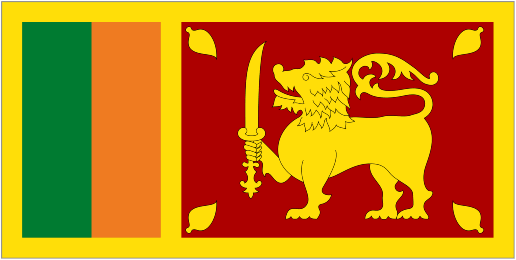
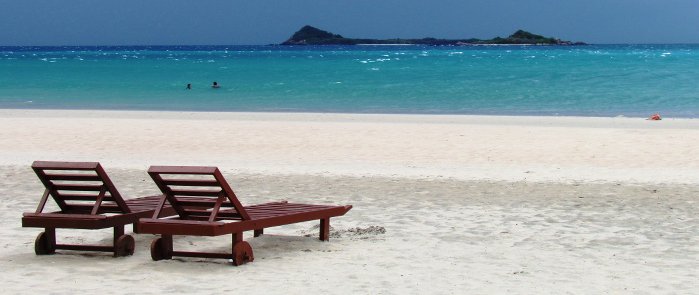
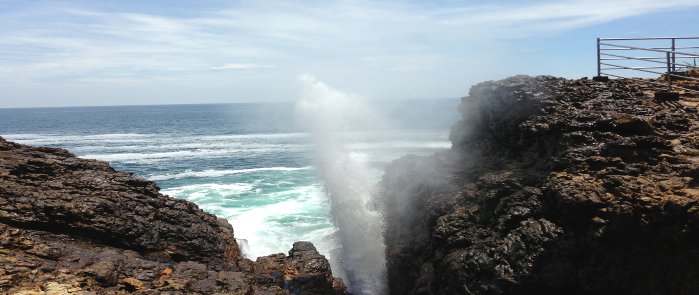
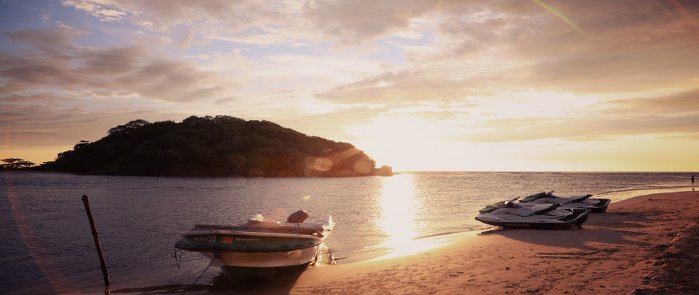
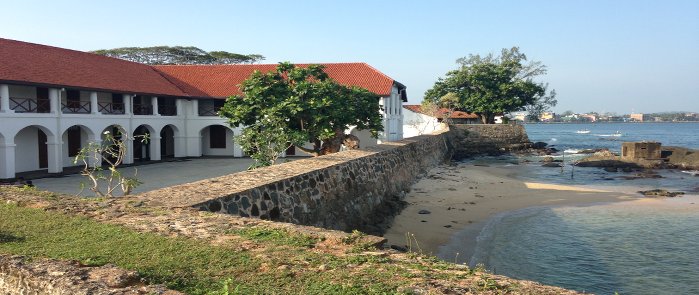
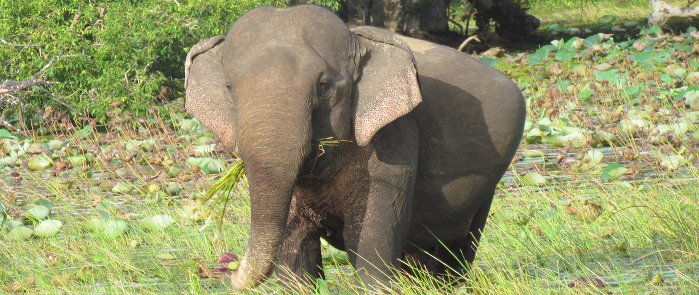
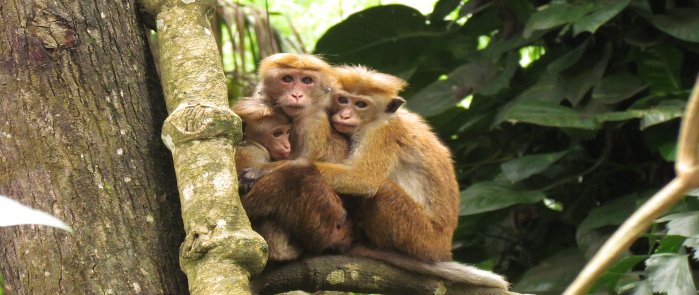
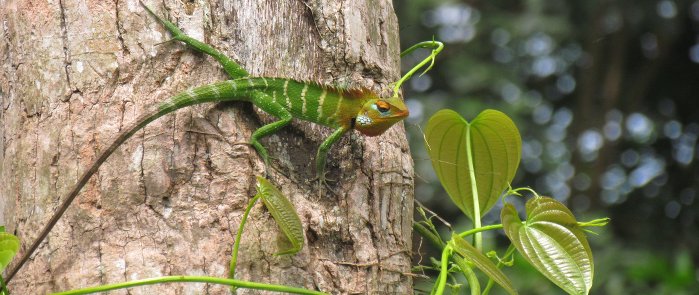


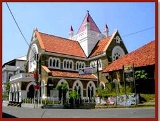
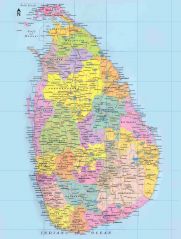
 Sigiriya
Sigiriya